Horse Pictures you can print Biography
Equine coat color genetics determine a horse's coat color. There are many different coat colors possible, but all colors are produced by the action of only a few genes. The simplest genetic default color of all domesticated horses can be described as either "red" or "non-red", depending on whether a gene known as the "Extension" gene is present . When no other genes are active, a "red" horse is the color popularly known as a chestnut. Black coat color occurs when the Extension gene is present, but no other genes are acting on coat color.The Agouti gene can be recognized only in "non-red" horses; it determines whether black color is uniform, creating a black horse, or limited to the extremities of the body, creating a bay horse.
Chestnut, black, and bay are considered the three "base" colors that all remaining coat color genes act upon. There are a number of dilution genes that lighten these three colors in a variety of ways, sometimes affecting skin and eyes as well as hair coat. Genes that affect the distribution of white and pigmented coat, skin and eye color create patterns such as roan, pinto, leopard, white, and even white markings. Some of these patterns may be the result of a single gene, others may be influenced by multiple alleles, Finally the gray gene, which acts differently from other coat color genes, slowly lightens any other hair coat color to white over a period of years, without changing skin or eye color.A horse of mixed breed, Dorset, UKHorses come in various sizes and shapes. The draft breeds can top 20 hands (80 inches, 2 meters) while the smallest miniature breeds can stand as low as 5.2 hands (22 inches, 0.56 meters). The Patagonian Fallabella, usually considered the smallest breed in the world, compares in size to a German Shepherd Dog.
Several schools of thought exist to explain how this range of size and shape came about. These schools grew up reasoning from the type of dentition and from the horses' outward appearance. One school, which we can call the "Four Foundations", suggests that the modern horse evolved from two types of early domesticated pony and two types of early domesticated horse; the differences between these types account for the differences in type of the modern breeds. A second school -- the "Single Foundation" -- holds only one breed underwent domestication, and it diverged in form after domestication through human selective breeding. Finally, certain geneticists have started evaluating the DNA and mitochondrial DNA to construct family trees.
Breeds, studbooks, purebreds and landraces
The idea of a "purebred" animal gained importance in Europe during the 19th century but selective breeding has occurred almost everywhere man has kept horses. The Arabs had a reputation for breeding their prize mares to only the most worthy stallions, and kept extensive pedigrees of their "asil" (purebred) horses. During the late middle ages the Carthusian monks of southern Spain, themselves forbidden to ride, bred horses which nobles throughout Europe prized; the lineage survives to this day in the Andalusian or caballo de pura raza español.
The modern landscape of breed designation presents a complicated picture. Some breeds have closed studbooks; a registered Thoroughbred, Arabian, or Quarter Horse must have two registered parents of the same breed, and no other criteria for registration apply. Other breeds tolerate limited infusions from other breeds—the modern Appaloosa for instance must have at least one Appaloosa parent but may also have a Quarter Horse, Thoroughbred, or Arabian parent and must also exhibit spotted coloration to gain full registration. Still other breeds, such as most of the warmblood sporthorses, require individual judging of an individual animal's quality before registration or breeding approval.
Breed registries also differ as to their acceptance or rejection of breeding technology. For example, all Thoroughbred registries require that a registered Thoroughbred be a product of a natural mating. A foal born of two Thoroughbred parents, but by means of artificial insemination, is barred from the Thoroughbred studbook. Some other breed registries allow artificial insemination, embryo transfer, or both.
Chestnut, black, and bay are considered the three "base" colors that all remaining coat color genes act upon. There are a number of dilution genes that lighten these three colors in a variety of ways, sometimes affecting skin and eyes as well as hair coat. Genes that affect the distribution of white and pigmented coat, skin and eye color create patterns such as roan, pinto, leopard, white, and even white markings. Some of these patterns may be the result of a single gene, others may be influenced by multiple alleles, Finally the gray gene, which acts differently from other coat color genes, slowly lightens any other hair coat color to white over a period of years, without changing skin or eye color.A horse of mixed breed, Dorset, UKHorses come in various sizes and shapes. The draft breeds can top 20 hands (80 inches, 2 meters) while the smallest miniature breeds can stand as low as 5.2 hands (22 inches, 0.56 meters). The Patagonian Fallabella, usually considered the smallest breed in the world, compares in size to a German Shepherd Dog.
Several schools of thought exist to explain how this range of size and shape came about. These schools grew up reasoning from the type of dentition and from the horses' outward appearance. One school, which we can call the "Four Foundations", suggests that the modern horse evolved from two types of early domesticated pony and two types of early domesticated horse; the differences between these types account for the differences in type of the modern breeds. A second school -- the "Single Foundation" -- holds only one breed underwent domestication, and it diverged in form after domestication through human selective breeding. Finally, certain geneticists have started evaluating the DNA and mitochondrial DNA to construct family trees.
Breeds, studbooks, purebreds and landraces
The idea of a "purebred" animal gained importance in Europe during the 19th century but selective breeding has occurred almost everywhere man has kept horses. The Arabs had a reputation for breeding their prize mares to only the most worthy stallions, and kept extensive pedigrees of their "asil" (purebred) horses. During the late middle ages the Carthusian monks of southern Spain, themselves forbidden to ride, bred horses which nobles throughout Europe prized; the lineage survives to this day in the Andalusian or caballo de pura raza español.
The modern landscape of breed designation presents a complicated picture. Some breeds have closed studbooks; a registered Thoroughbred, Arabian, or Quarter Horse must have two registered parents of the same breed, and no other criteria for registration apply. Other breeds tolerate limited infusions from other breeds—the modern Appaloosa for instance must have at least one Appaloosa parent but may also have a Quarter Horse, Thoroughbred, or Arabian parent and must also exhibit spotted coloration to gain full registration. Still other breeds, such as most of the warmblood sporthorses, require individual judging of an individual animal's quality before registration or breeding approval.
Breed registries also differ as to their acceptance or rejection of breeding technology. For example, all Thoroughbred registries require that a registered Thoroughbred be a product of a natural mating. A foal born of two Thoroughbred parents, but by means of artificial insemination, is barred from the Thoroughbred studbook. Some other breed registries allow artificial insemination, embryo transfer, or both.
Horse Pictures you can print Images Wallpapers Photos 2013
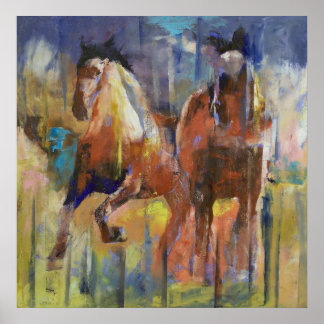
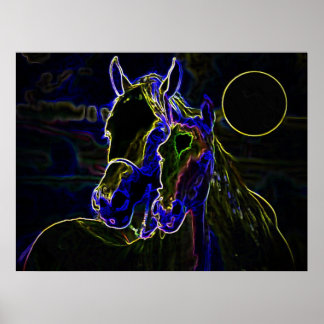
Horse Pictures you can print Images Wallpapers Photos 2013

Horse Pictures you can print Images Wallpapers Photos 2013

Horse Pictures you can print Images Wallpapers Photos 2013
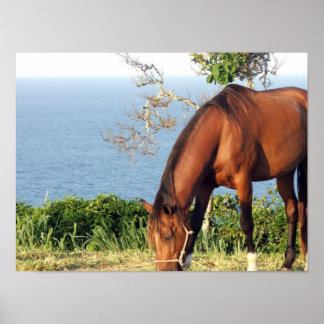
Horse Pictures you can print Images Wallpapers Photos 2013

Horse Pictures you can print Images Wallpapers Photos 2013

Horse Pictures you can print Images Wallpapers Photos 2013
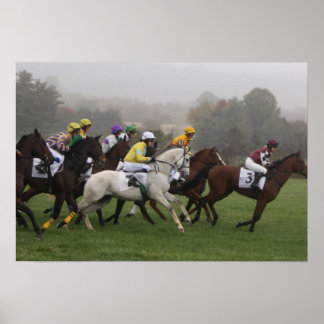
Horse Pictures you can print Images Wallpapers Photos 2013

Horse Pictures you can print Images Wallpapers Photos 2013
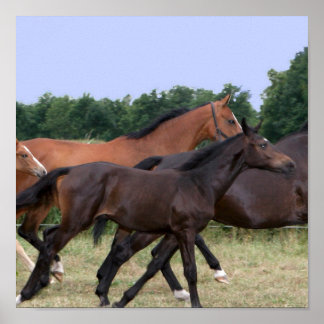
Horse Pictures you can print Images Wallpapers Photos 2013
No comments:
Post a Comment